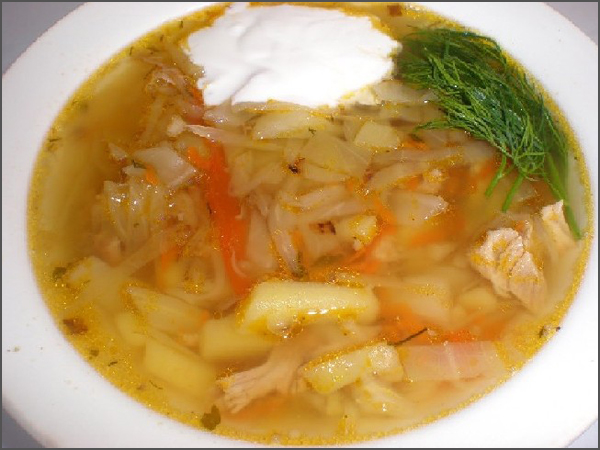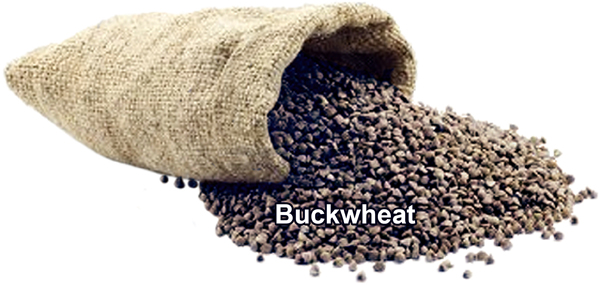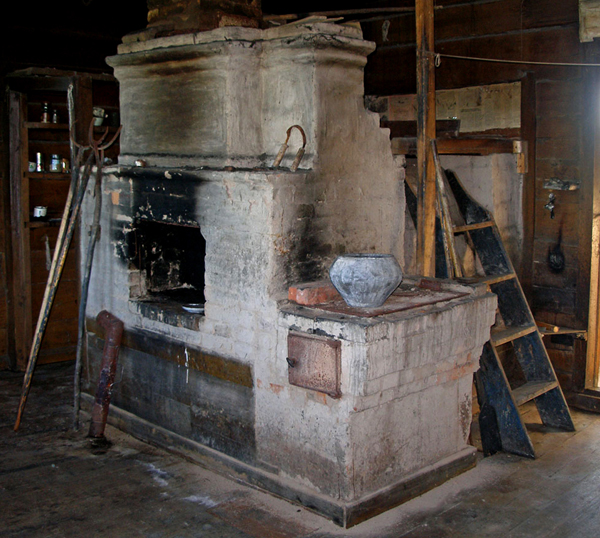
I am not a big food enthusiast—I always thought about food writers with a dash of sarcasm. Even though I cook almost all my life long, it’s not one of my hobbies. I take it as a necessity without putting too much time and effort into it, making daily simple healthy dishes and sharing them with family and friends.
 That’s why when my friend Betsy, Oxford City Market director, healthy food promoter and a great vegetarian cook, asked me if I would share some of my simple Russian recipes and the secrets of feeding the family on a budget, I didn’t think much about it, but gladly promised to write her a couple of pages. When I finally got to the writing, though, once of a sudden it didn’t feel like a couple of pages at all! I started an endless book of the stories of my life, tightly tangled up with people I met, experiences, sad feelings, laughter, flavors and that warmth of sharing and belonging. So, here I am, presenting to you some of the food stained pages!
That’s why when my friend Betsy, Oxford City Market director, healthy food promoter and a great vegetarian cook, asked me if I would share some of my simple Russian recipes and the secrets of feeding the family on a budget, I didn’t think much about it, but gladly promised to write her a couple of pages. When I finally got to the writing, though, once of a sudden it didn’t feel like a couple of pages at all! I started an endless book of the stories of my life, tightly tangled up with people I met, experiences, sad feelings, laughter, flavors and that warmth of sharing and belonging. So, here I am, presenting to you some of the food stained pages!
Food situation for my family drastically changed a few times. Normal, ascetic, and indulgent periods—we survived them all. I would share my childhood memories, secrets of keeping a family alive at hard times, some holiday recipes and all my (sometimes hilariously funny), food-related experiences of adaptation to American culture.
I grew up in a nice and clean, but not so big, two-room apartment with my Mom and her parents (my grandparents), in the 60s and 70s in the Soviet Union. Grandma was doing the most cooking. She didn’t want anybody else at her kitchen, but sometimes she trusted Grandaddy with dinner. Back then in Russia we didn’t have much meat in our diet, because it was not available in the stores, except for Moscow and St. Petersburg. We lived 70 miles South from Moscow, in a 70,000 population industrial city. There was a farmer’s market, where you could buy meat, but it was twice more expensive there than in the government operated stores. So every now and then somebody was taking a trip to Moscow on an electric train and bringing home some meat for a week. Nobody considered time being equal to money (maybe because everyone was always on a salary, not an hourly pay), so it felt totally normal to spend a whole day off riding a train and standing in lines instead of paying some extra for the farmers market expensive meat and resting at home.
 Grandma’s cooking was simple and sustainable. She loved to repeat an old Russian saying “Shchi da kasha-pisha nasha,” which means: “Cabbage soup and grain pudding nurture us.” I taught my favorite coworker here that proverb, and it feels so comforting to hear Russian words from him, pronounced so cheerfully, with a charming accent.
Grandma’s cooking was simple and sustainable. She loved to repeat an old Russian saying “Shchi da kasha-pisha nasha,” which means: “Cabbage soup and grain pudding nurture us.” I taught my favorite coworker here that proverb, and it feels so comforting to hear Russian words from him, pronounced so cheerfully, with a charming accent.
Every lunch we had some kind of soup—cabbage, (which I hated), potato, (which I loved). It could be some bean soup, wild mushroom soup, made out of dried mushrooms we picked and dried ourselves during the summer (I was particularly proud of that one, feeling like a provider for a family). It could be some “uha”—a fish soup with potatoes and onions, or some split pea soup. Sometimes Grandma made dumplings or noodles from scratch, and these soups were extremely delicious! Very simple and filling was a milk/noodle soup—pretty much just boiled noodles diluted with hot milk and a little butter for a better flavor. All soups were not much complicated, just a few ingredients boiled together with some beef broth and a little beef or chicken chunks mixed in.
But in Russia soup is considered a main course of lunch, and they always say: you would get ulcers if you don’t eat soup every day.
The second dish was almost always “kasha”—some kind of grain pudding, with milk, butter, and sugar. It could be made of rice, cream wheat, oats, millet (my favorite), or buckwheat. If buckwheat was crushed, it was made into a sweet pudding as well, if it was whole, it was usually cooked like we cook rice here, with water, and was coming out very fluffy, not pudding-like.
 Buckwheat is considered almost a sacred food back home. It has lots of nutrition benefits, like vitamins and iron. They prescribe it to diabetics because of healthy sugar content. The culture of raising buckwheat was nearly destroyed at Khruschev times in the 60s, when he, mesmerized by what he saw in U.S. (it was a historical first visit of a Russian president to the States since the Revolution in 1917), decided to replace it with corn, which doesn’t grow well in the Northern parts, where buckwheat does. So in the 60s, 70s, and even 80s, way after Khrushchev, buckwheat was still deficient, but you could find it sometimes in stores and load up.
Buckwheat is considered almost a sacred food back home. It has lots of nutrition benefits, like vitamins and iron. They prescribe it to diabetics because of healthy sugar content. The culture of raising buckwheat was nearly destroyed at Khruschev times in the 60s, when he, mesmerized by what he saw in U.S. (it was a historical first visit of a Russian president to the States since the Revolution in 1917), decided to replace it with corn, which doesn’t grow well in the Northern parts, where buckwheat does. So in the 60s, 70s, and even 80s, way after Khrushchev, buckwheat was still deficient, but you could find it sometimes in stores and load up.
My father-in-law was diabetic, so he could buy it in the special stores by doctor’s prescription, and he often shared it with us, mailing us nice plywood boxes he made himself, neatly filled with bags of buckwheat and some other dry goods from the city where he lived. The address was written in his very nice calligraphy handwriting with the special “chemical” blue crayon, right on the plywood lid.
 Here is a picture of a special pot, very traditional cast iron one, which is believed to be the best for making that “kasha.” Its shape goes back to years when cooking was maintained in the deep Russian stove ovens, so they used some special kind of kitchen tool to put the pots in and take them out—it is in the picture as well.
Here is a picture of a special pot, very traditional cast iron one, which is believed to be the best for making that “kasha.” Its shape goes back to years when cooking was maintained in the deep Russian stove ovens, so they used some special kind of kitchen tool to put the pots in and take them out—it is in the picture as well.
Even though now we are cooking on a regular gas stove, most families still have a pot or two of this traditional shape. ![]()


